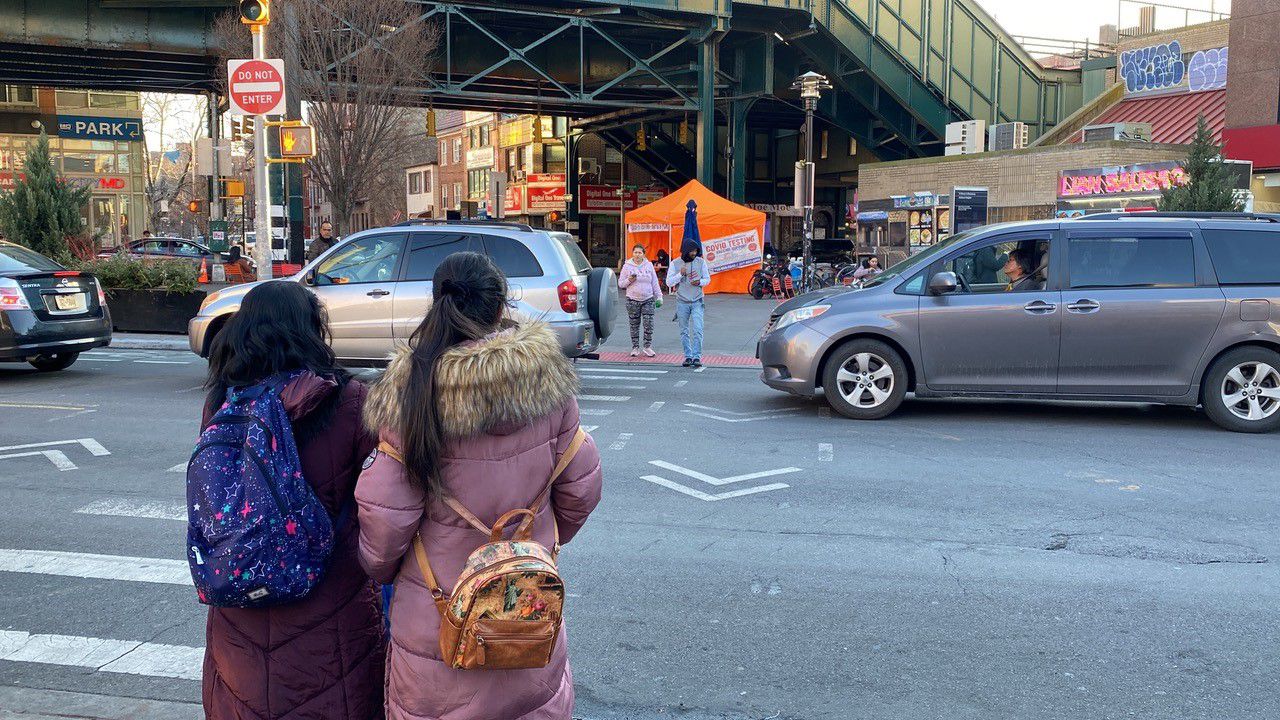
What do you know about Jackson Heights? For starters, there are more than 160 languages spoken — making it the most diverse neighborhood in the city.
When Jackson Heights was first developed by the Queensboro Corporation in the early 1920s as a garden community, it was advertised to wealthy white, Anglo-Saxon Manhattanites as an escape from crowded city life. The original plans outlined a restricted community — developers barred African-Americans and Jews from living in the area. Fast forward to 2023, and more than 60% of the community is foreign-born.
Jackson Heights has historically been home to a vibrant LGBTQ community. As the community first developed in the 1920s, it become a refuge for creatives and Broadway actors. A horrific 1990 hate crime lead to a movement, which created the borough’s pride parade. More recently, the drag storytelling hour brought protesters (many believed to be from outside the neighborhood) to the Jackson Heights library — but they were met with supporters from the community.
Jackson Heights is one of the neighborhoods considered to be the epicenter of the coronavirus crisis in the city. Nearby Elmhurst Hospital became the center of it, with lines of people wrapping around the building looking for care during some of the city’s darkest days. Through the pandemic, the hospital CEO tells NY1, the health care workers have earned the trust of the community and are building a healthier future moving forward.
A lack of green space lead to the inception of Open Streets. Jackson Heights is home to the city’s longest car-free block. Twenty-six blocks are part of the plan. While some in the community have protested the idea, organizers say many have come to embrace the additional space.
And Jackson Heights has become a destination for foodies. Within the diverse restaurants, traditional flavors merge with a fusion of cultures and cuisines, allowing patrons to travel the world for meals — all without a passport.